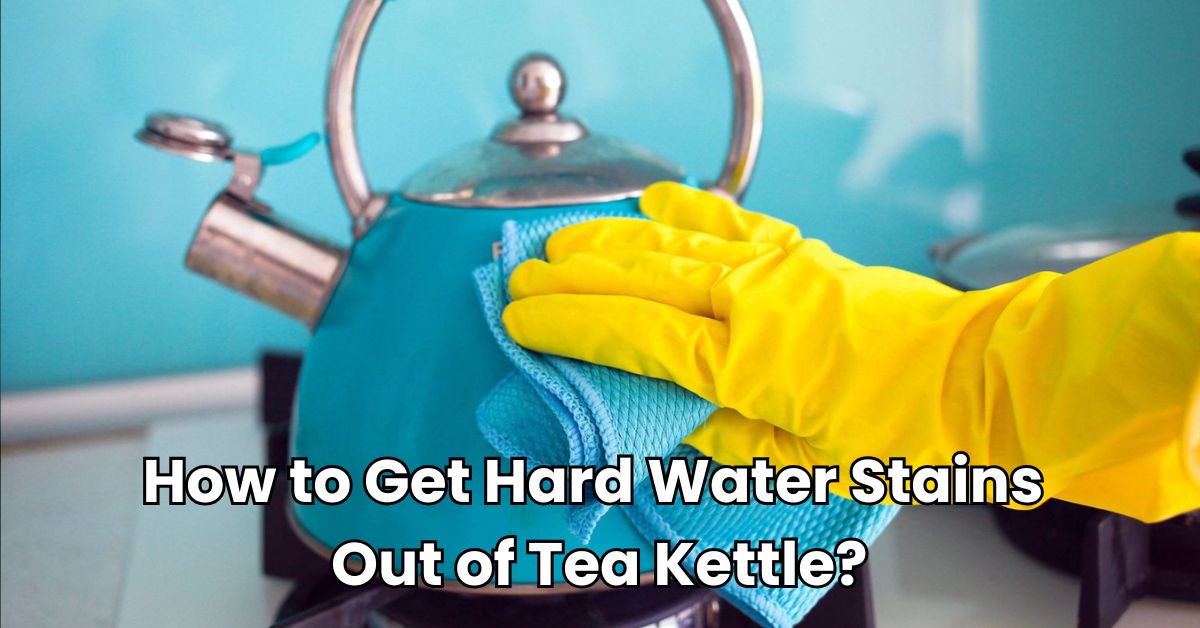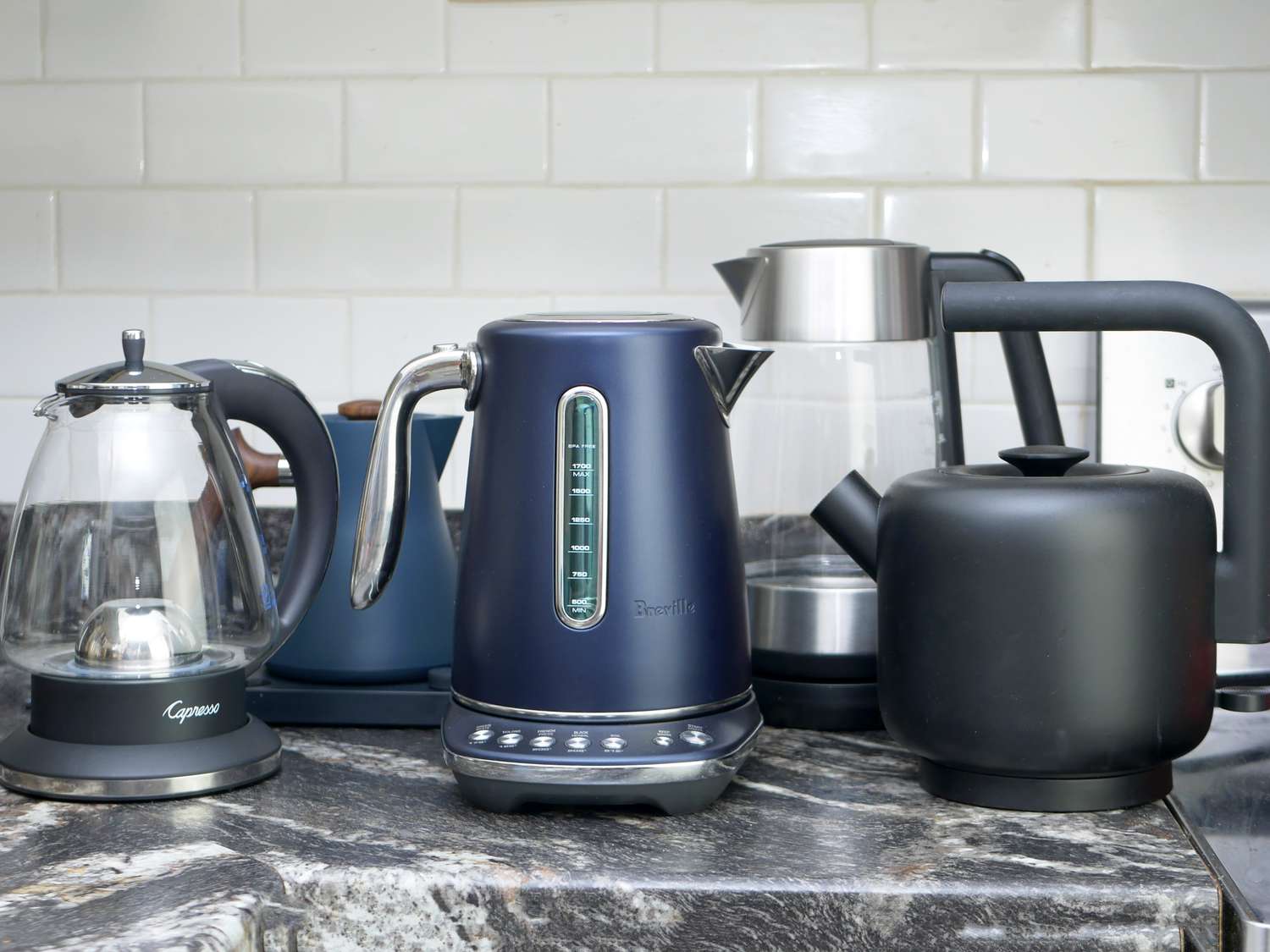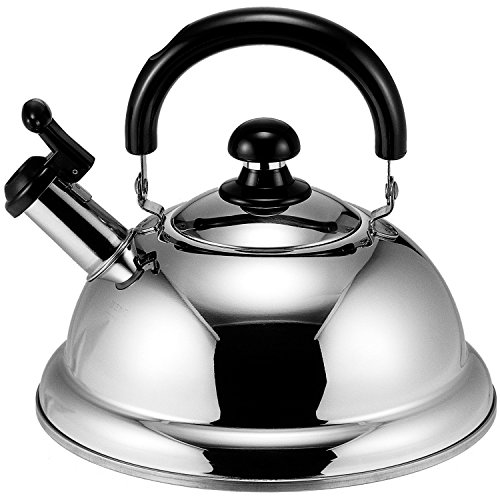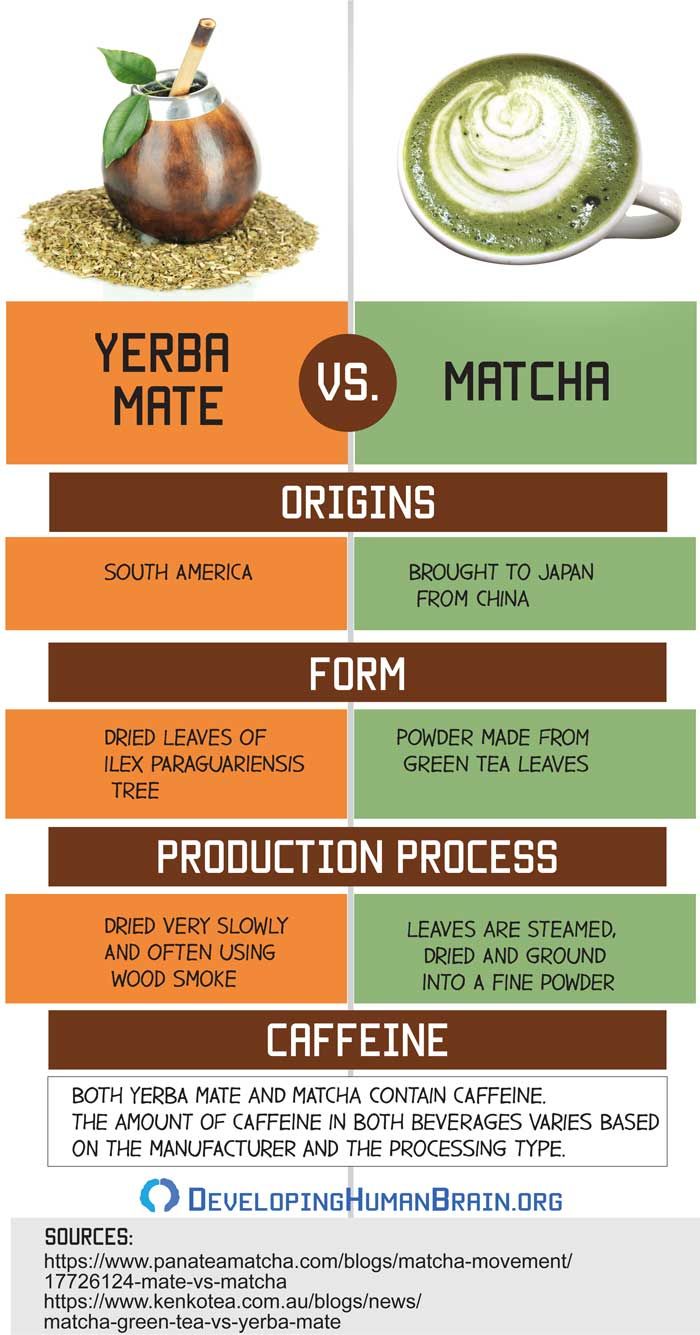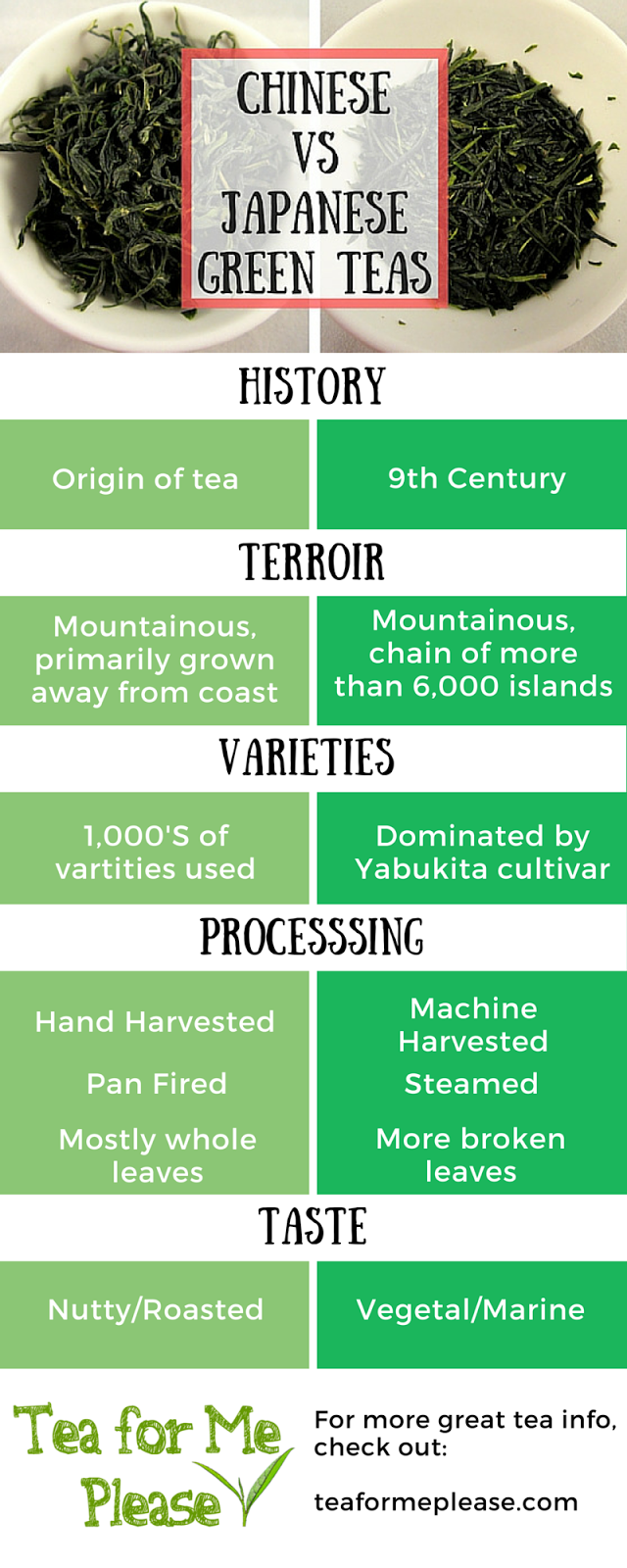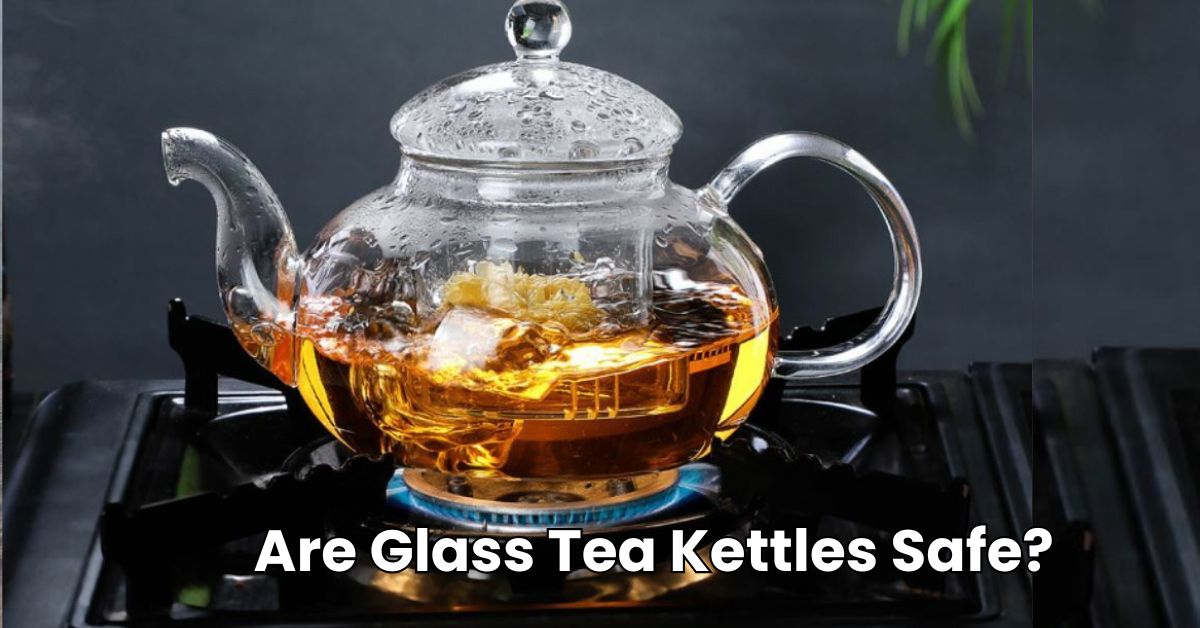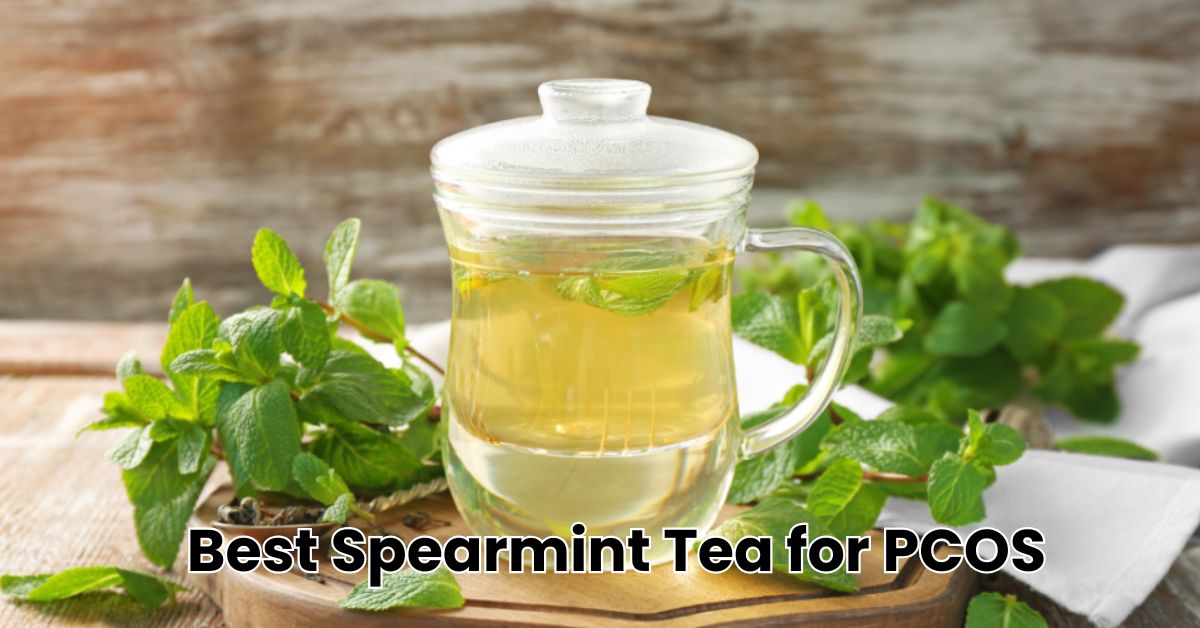Hard water stains in your tea kettle can be stubborn. They make your kettle look dirty and unappealing.
But, removing these stains is possible with some easy steps. Hard water stains are a common issue, especially in areas with mineral-rich water. These stains not only affect the look of your kettle but can also impact the taste of your tea.
Cleaning them regularly helps maintain the kettle’s efficiency and keeps your tea tasting fresh. In this guide, we will explore simple and effective methods to remove hard water stains from your tea kettle. These methods use common household items, making them easy and affordable. Let’s get started on making your tea kettle sparkle again!
Related Post: Best Tea Kettle for Hard Water

Credit: garlicdelight.com
Identifying Hard Water Stains
Hard water stains often appear as white, chalky deposits inside tea kettles. Removing them involves boiling vinegar and water, then rinsing thoroughly.
Identifying hard water stains in your tea kettle is crucial. These stains can affect the taste of your tea. They also reduce the kettle’s efficiency. Knowing what to look for helps you maintain a clean kettle.
Signs Of Hard Water Stains
Hard water stains are usually white or cloudy. Sometimes they appear as chalky deposits. They often form around the spout and inside the kettle. You might notice a rough texture when you touch the stains. If your kettle looks dull or dirty despite regular cleaning, hard water stains could be the problem.
Common Causes
Hard water is high in minerals like calcium and magnesium. These minerals leave deposits when water evaporates. Frequent boiling of hard water in your kettle speeds up the stain formation. Using tap water instead of filtered water also leads to more stains. If you live in an area with hard water, your kettle is more prone to these stains.
“`

Credit: inthekitchen.org
Essential Cleaning Supplies
Keeping your tea kettle clean is crucial for both hygiene and longevity. Over time, hard water stains can build up, affecting the taste of your tea. Using the right cleaning supplies can make all the difference.
Natural Cleaners
Natural cleaners are effective and safe for both your health and the environment.
- Vinegar and Water Solution: Mix equal parts of white vinegar and water. Fill the kettle and let it sit for an hour. Boil the mixture, then rinse thoroughly.
- Lemon Juice: Squeeze fresh lemon juice into the kettle. Fill with water and bring to a boil. Let it sit for an hour, then rinse.
- Baking Soda: Add a couple of tablespoons of baking soda into the kettle. Fill with water, boil, and scrub gently. Rinse well.
Commercial Products
If you prefer ready-made solutions, several commercial products can help.
| Product | How to Use |
|---|---|
| Descaler Tablets | Drop a tablet into the kettle with water. Boil and let it sit. Rinse well. |
| Liquid Descalers | Pour the liquid into the kettle, fill with water, and boil. Follow the instructions on the product label. |
| Cleaning Pads | Use these pads to scrub the inside of the kettle. Rinse thoroughly after use. |
Using either natural cleaners or commercial products, you can keep your tea kettle free from hard water stains. Remember to clean it regularly to maintain its shine and functionality.
Preparing The Kettle
Before you begin cleaning your tea kettle, it’s important to prepare it properly. This step ensures you remove all residues and avoid any mishaps. Follow these simple steps to get your kettle ready for a thorough cleaning.
Emptying And Rinsing
First, make sure your tea kettle is completely empty. Pour out any remaining water.
Next, rinse the inside of the kettle with warm water. This helps remove loose debris. Swirl the water around, then pour it out.
Safety Precautions
Remember to unplug your electric kettle before cleaning. This prevents any electrical accidents.
If your kettle is stovetop, make sure it is cool to touch. This ensures you don’t burn yourself.
Vinegar Solution Method
Hard water stains in your tea kettle can be a nuisance. The Vinegar Solution Method is an effective way to remove them. This method is simple and uses common household items. Follow the steps below to get your tea kettle looking like new.
Mixing The Solution
First, you need to mix the solution. Use white vinegar and water.
- Measure out equal parts of white vinegar and water.
- Combine them in a bowl or directly in the kettle.
For example, use one cup of vinegar and one cup of water. This will be enough for most kettles. Adjust the amounts if your kettle is larger or smaller.
Application Process
Next, apply the vinegar solution to the kettle.
- Pour the solution into the kettle.
- Place the kettle on the stove.
- Bring the solution to a boil.
Let the solution sit in the kettle for at least 30 minutes. This allows the vinegar to break down the hard water stains.
After 30 minutes, pour out the solution. Use a sponge or brush to scrub any remaining stains. Rinse the kettle thoroughly with clean water.
Your tea kettle should now be free of hard water stains. If some stains remain, repeat the process.
Lemon Juice Technique
Hard water stains in your tea kettle can be stubborn. The Lemon Juice Technique offers a natural solution. This method uses the acidic properties of lemon juice. It breaks down and dissolves mineral deposits. Follow these steps to make your kettle sparkle again.
Preparing Lemon Juice
First, gather fresh lemons. You will need enough juice to fill your kettle halfway. Cut the lemons in half and squeeze the juice into a measuring cup. Remove any seeds from the juice. If fresh lemons are not available, use bottled lemon juice. Ensure it is 100% pure lemon juice.
Cleaning Steps
Pour the lemon juice into the tea kettle. Add enough water to fill the kettle to the halfway mark. Place the kettle on the stove and bring the mixture to a boil. Let it boil for about 10 minutes. Turn off the heat and let the mixture sit for 30 minutes. This allows the acid to break down the hard water stains.
After 30 minutes, pour out the lemon juice and water mixture. Use a soft sponge or cloth to scrub the inside of the kettle. Rinse the kettle with clean water. Boil fresh water in the kettle and discard it. This removes any remaining lemon residue. Your tea kettle should now be free of hard water stains and ready for use.

Baking Soda Approach
The baking soda approach is a natural and effective way to remove hard water stains from your tea kettle. This method uses the gentle abrasiveness of baking soda to lift the stains without causing damage to your kettle. Follow these simple steps to bring back the shine to your tea kettle.
Creating The Paste
Start by making a baking soda paste. Mix three tablespoons of baking soda with one tablespoon of water. Stir until the mixture forms a thick paste. This paste will help scrub away the hard water stains.
Scrubbing The Kettle
Apply the baking soda paste to the stained areas of the kettle. Use a soft cloth or sponge to scrub the paste onto the stains. Make sure to cover all affected areas. Let the paste sit for 15 minutes to break down the stains.
After 15 minutes, scrub the kettle again with the cloth or sponge. Rinse the kettle thoroughly with clean water. Wipe it dry with a clean towel. Your tea kettle should now be free of hard water stains and look as good as new.
Preventing Future Stains
Regularly clean your tea kettle with vinegar to prevent future hard water stains. Rinse thoroughly after each use. Store in a dry place.
Keeping your tea kettle free of hard water stains is easier than you think. With regular maintenance and a few preventative measures, you can enjoy a spotless kettle. Follow these tips to keep those pesky stains at bay.
Regular Maintenance Tips
Regular maintenance is key to preventing stains. Here are some simple tips:
- Empty the kettle after each use. This prevents mineral buildup.
- Wipe the inside with a soft cloth. Do this every week.
- Rinse the kettle with vinegar and water monthly. This dissolves any residues.
Water Softening Solutions
Using soft water can also help. Here are some methods:
| Method | Description |
|---|---|
| Water Softener | Install a water softener to reduce minerals in water. |
| Filtered Water | Use a water filter to remove impurities and minerals. |
| Bottled Water | Opt for bottled water with low mineral content. |
By following these simple tips, you can keep your tea kettle clean and stain-free. Regular care and using the right water can make a big difference. Enjoy your tea without worrying about hard water stains.
Expert Recommendations
Getting rid of hard water stains in a tea kettle can be tricky. Sometimes, household remedies do not work. In such cases, expert advice can be very helpful. Below, you will find some professional recommendations.
Professional Cleaning Services
Sometimes, the best solution is to hire professionals. Professional cleaning services can remove hard water stains effectively.
Benefits:
- They use specialized tools and techniques.
- They ensure thorough cleaning.
- Save your time and effort.
How to choose a service:
- Look for services with good reviews.
- Ask about their cleaning methods.
- Compare prices to get the best deal.
Product Endorsements
Many experts recommend specific products to clean hard water stains. These products are often more effective than homemade solutions.
Top recommended products:
| Product Name | Benefits |
|---|---|
| CLR Calcium, Lime & Rust Remover | Removes hard water stains quickly. |
| Bar Keepers Friend | Safe for various surfaces. |
| Vinegar and Baking Soda | Natural and eco-friendly. |
When using these products, always follow the instructions on the label. This ensures safe and effective cleaning.
Frequently Asked Questions
What Causes Hard Water Stains In Tea Kettles?
Hard water stains in tea kettles are caused by mineral deposits. These usually come from calcium and magnesium in the water. When water is heated, these minerals accumulate and form a white, chalky residue.
How Can Vinegar Remove Hard Water Stains?
Vinegar is acidic and helps dissolve mineral deposits. To use, fill the kettle with equal parts water and vinegar. Boil the solution, let it cool, then scrub and rinse.
Are There Natural Ways To Clean A Tea Kettle?
Yes, natural methods include using vinegar, lemon juice, or baking soda. These substances effectively break down and remove mineral deposits without harsh chemicals.
How Often Should I Clean My Tea Kettle?
Clean your tea kettle every 1-2 weeks. Regular cleaning prevents heavy mineral buildup, ensuring your kettle functions well and stays hygienic.
Conclusion
Removing hard water stains from a tea kettle is simple and effective. Regular cleaning with vinegar or lemon juice prevents buildup. Baking soda scrubs away stubborn spots. Rinse thoroughly after each cleaning. Doing this ensures your kettle stays clean and functional.
Clean kettles last longer and improve your tea’s taste. Regular maintenance saves you time and effort. Happy cleaning!

